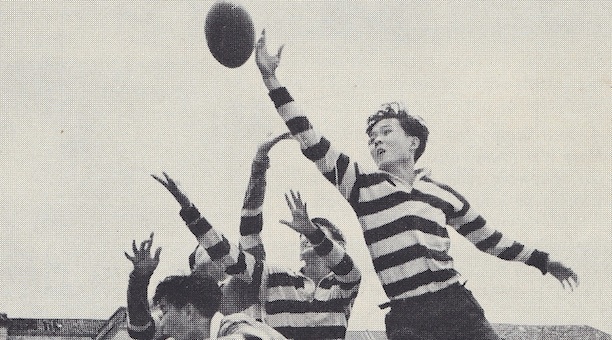Contributed by reader David Kong
httpv://youtube.com/watch?v=xSluj-nPaIY&feature=PlayList&p=FF32556CBCA4FE15&index=1
Mention lifesaving and the first thought that comes into most people's minds is a lifeguard saving someone in distress. Actually, that's just a part of lifesaving. Lifesaving has now also become one of the largest sporting events in Australia and other countries.
Lifesaving competitions takes two forms – open water, held on a beach; and still water, held at a swimming pool.
At any still-water lifesaving event, the first sight that greets you is a pool that has "gates" fitted at set intervals. These gates work like hurdles in athletics except that instead of going over it, the competitor has to swim under. The gates are installed 12.5 meters from each end of the pool. There are two formats for this event; the 4x50m relay and the 200m individual.
Next are the manikin events. Unlike those used for CPR training, lifesaving manikins are orange water tanks that resemble the range targets used for military training, with facial features added. The manikins are either half or fully filled according to event requirements. Fully filled, they are totally not buoyant. Events involving manikins include the 4X25m relay, 50m manikin carry, 100m manikin carry with fins, and 100m manikin tow with fins and torpedo tube.
In the relay, 50m carry and 100m carry with fins, the manikins are carried. This means that they are held in one hand simulating a rescue situation. At most points of the event, the nose and/or mouth are not allowed to be covered by water. Once the mouth or nose is submerged, the team or competitor is disqualified.
In the 50m carry event, the competitor starts by sprinting 25m, picks up a submerged manikin and tows the manikin to the other end of the pool. The 100m carry with fins is similar except that the distances are doubled and competitors wear flippers.
The 100m manikin tow with fins and torpedo tube defers slightly. The competitor starts off with a torpedo tube in a 50m sprint. At the other end of the pool waits a half-filled manikin that is held in place by a team member. When the competitor touches the wall at the opposite end, the manikin is released and he/she has to strap the torpedo tube around the manikin. Thereafter, he/she sprints the last 50m with the manikin in tow.
Another type of event is the rescue medley. It is available as a relay or individual event called the "super lifesaver". In the relay, the first swimmer does a 50m freestyle sprint. The second swimmer does the same wearing flippers. The third also does a 50m sprint but with a torpedo tube. When the third swimmer finishes his/her leg, he/she hands the torpedo tube's sling over to the fourth who is wearing flippers. He/she then holds onto the tube and is towed to the finishing point by the fourth.
The super lifesaver is the most demanding event in the competition. The competitor starts off with a 25m sprint, picks up a fully filled manikin and carries it to the other end of the pool. He/she then releases the manikin and while still in the water, dons a pair of flippers and a torpedo tube. The competitor then swims 50m and straps a half-filled manikin to the torpedo tube and sprints the remaining 50m to the finish with the manikin in tow.
The final event of the day is usually the rope throw. One team member will be positioned in the water 12m from the pool's edge another on the pool deck. At the starting signal the member on the pool deck coils a rope and throws it to his/her partner. If the partner catches the rope, he/she is then pulled back to the edge of the pool. If the thrower misses, they are given until the end of 30 seconds to attempt any number of re-throws.
Sound interesting? You can get more information, by contacting the lifesaving corps at various tertiary institutions.


[…] Posted inLifesaving Sport, Ocean Lifesaving, Pool Lifesaving, Seniors Lifesaving: a sport? […]